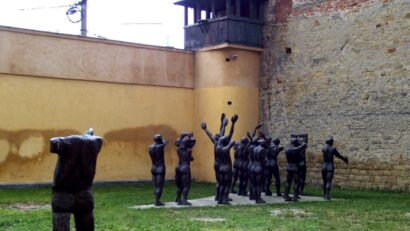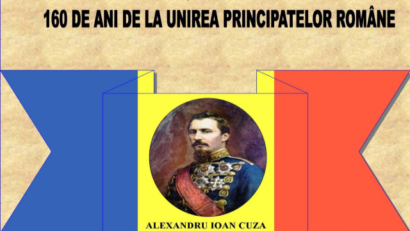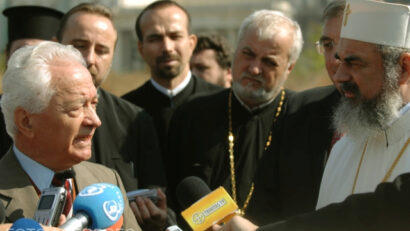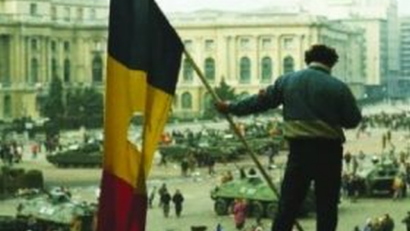
The world's number 2 tennis player, the Romanian Simona Halep has got through to the quarterfinals at Indian Wells in the US. Halep secured...

The latest from tennis, fencing, rugby, womens handball, wrestling and football

The Museum in Sighet is one of the best-known memorials devoted to the communist repression

Second seed Simona Halep of Romania will be facing the Czech player Barbora Strycova in the second round at Indian Wells, while another...

The science of outer space is marred by a conflict between science and religion

The Romanian-Hungarian dispute of the 20th Century had, among other components, one related to the academic community, more precisely to the University of Cluj

Religion and churchgoing were generally frowned upon back in Communist Romania. Religious practices were being discouraged and back in the early days of communism, some clergymen served many years in prisons for their faith

The Union of the Romanian Principalities, Moldavia and Wallachia, on January 24, 1859, was made by domestic pressure, but also under propitious international circumstances

On December 1, 1918, Romanians in Transylvania proclaimed the union with the Kingdom of Romania. The fluid and muddled situation in the autumn of 1918, at the end of WWI, led to confusion among individuals and communities

Starting in 1977, after the big earthquake that killed as many as 1,500 people, Bucharest saw deep changes during the Communist regime led by Nicolae...

The early 19th century was a time when the Romanian space modernized. It involved a new way of seeing the world, with an increasing awareness of fundamental rights and freedoms that no authority could violate

The Mavrocordatos were the first Phanariote family to rule in the Romanian Principalities

In the first half of the 1940s, Romania and Germany were allies. In spite of this alliance, there were differences between them in regard to the way they treated Jewish communities

29 years ago, Romania, along with other Eastern and Central European countries, broke the yoke of communist tyranny and joined the democratic community it had been a part of before WWII
